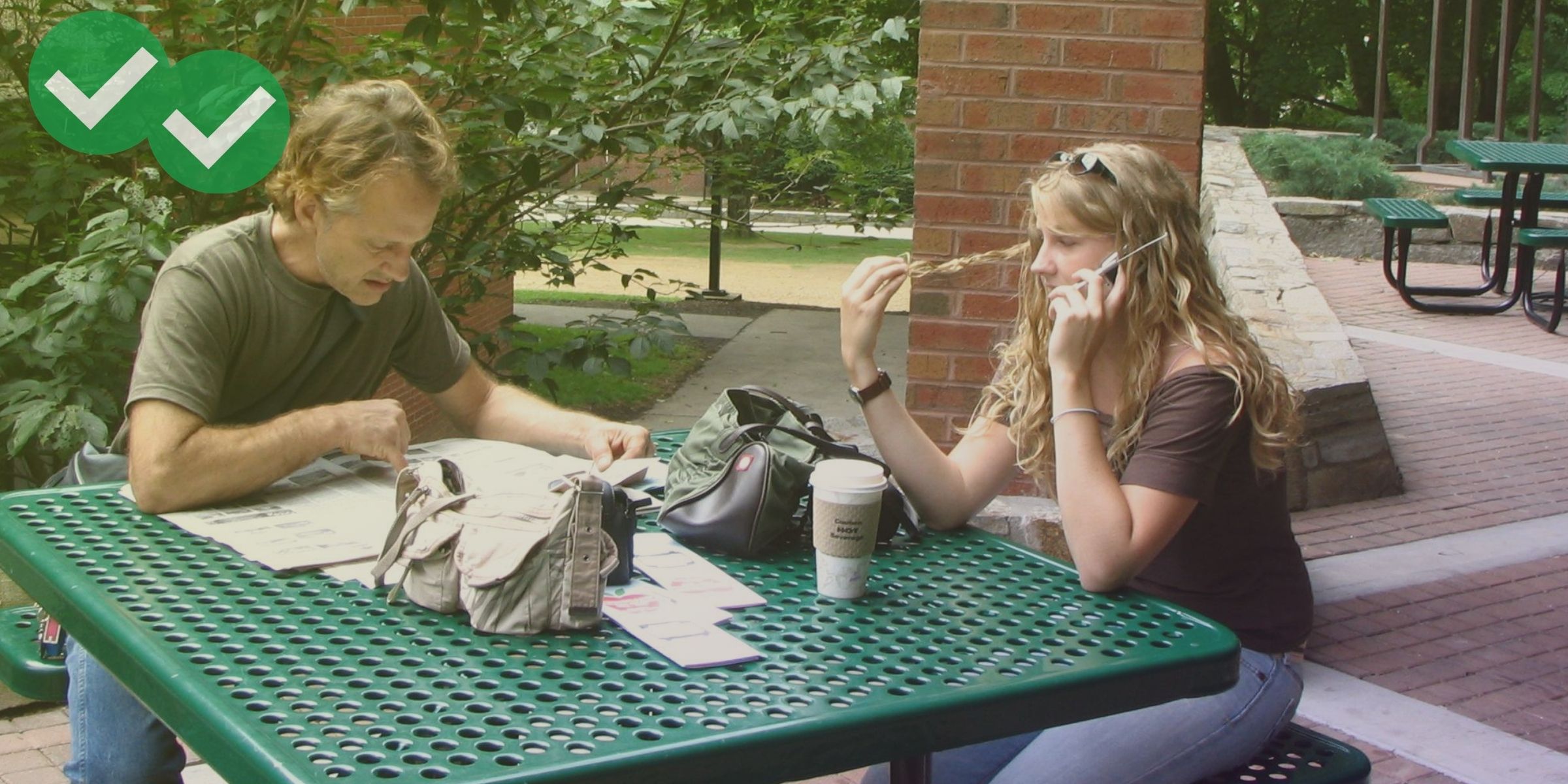*Note* At 2:51 this video mentions six Speaking questions. That was true when this video was first recorded, but as of August 1, 2019, there are four Speaking questions only. The rest of the advice in the video still applies 🙂
If you missed the last advice video, it is here:
Now, let’s look at the two most common problems and how to avoid them.
TOEFL Speaking Common Problem 1: Not Knowing the Format
The format of the TOEFL speaking section is very specific. If you don’t know the format before you take the test, it can be confusing and much more difficult than it should be. In this week’s video, I mention a short story about another TOEFL teacher who was learning about the test before teaching it, and but after taking the TOEFL, realized it was actually quite difficult. And of course, my reaction when I first read that story was “the speaking section, of course!” That’s because you need to do a lot in the speaking section in a very short time. Summarizing a lecture and a text in only one minute can be challenging, and it’s not something you normally do.
TOEFL Speaking Tip 1: Experience
Of course practice is important! Everybody knows that. But it’s especially true for the TOEFL speaking section. You should know exactly what types of questions come at what time in the text before you walk into the TOEFL center on your test day. Know what every question will be like, and what type of answer you will give for each of the six questions. The best way to learn that is through practice. The more you answer speaking questions, the more familiar you will be, and how exactly you will structure each answer on the test.
TOEFL Speaking Common Problem 2: Distraction
The most common complaint about the TOEFL speaking section is how many people are speaking at the same time. You may be in a room with 20 other people all answering the same questions at the same time, so it can be noisy! And when the person sitting next to you is talking about the same topic as you, it can be especially distracting.
The good news is that everybody has the same disadvantage. All TOEFL scores are dependent on the special situation of the TOEFL speaking section.
But you can do more to help avoid the problem!
TOEFL Speaking Tip 2: Outlines
At the start of each TOEFL speaking question, you will get 15, 20, or 30 seconds to prepare your answer (different times for different questions). You will use that time to make a very short outline of what you will say and in what order. While you’re speaking, if you become distracted, you can use those notes to remind yourself of your thinking. If you follow the outline and focus on it while speaking, it can be a great help in ignoring the people around you.






Leave a Reply